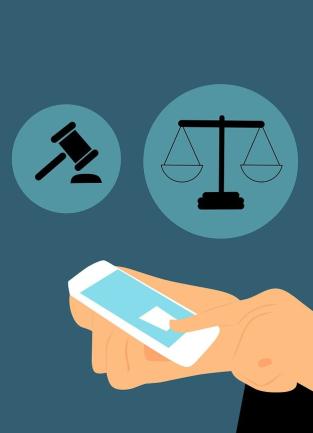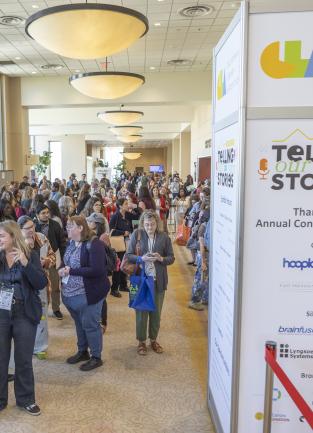Ransomware- what is it??
Thu, 06/07/2017 - 05:00
Hacking has been in the news for the last few years. There was the Sony Hack, DNC emails and US Olympic athletes medical records released via hacking. There is a great television show called Mr. Robot that shows various levels of hacking techniques. But there is a different type of hacking called Ransomware that has been in the news of late.
Ransomware is a type of malware that prevents or limits users from accessing their system, either by locking the system’s screen or by locking the users’ files unless a ransom is paid. You might be surprised to know that California recently passed a law to outlaw ransomware. SB 1137 has made it crime to commit ransomware for a maximum penalty of four years in state prison.
Ransomware has already occurred to California institutions such as hospitals and community colleges. The Hollywood Presbyterian Medical Center paid a ransom of $17,000 to free its network. Doctors were forced to use pen and paper and fax lines were jammed because email communication was unavailable. The Los Angeles Community College District paid a $28,000 ransom in bitcoin to hackers who took control of a campus email and computer network until a payment was made. A virus locked the campus’ computer network as well as its email and voicemail systems.
This brings us to the latest ransomware attack called Wannacry. This attack targeted Microsoft’s Windows operating system. When a system is infected, a pop-up window appears with instructions on how to pay a ransom amount of $300. The pop-up also features two countdown clocks: one showing a three-day deadline before the ransom amount doubles to $600; another showing a deadline of when the target will lose its data forever.
So how does this happen? It’s really simple. You get a email from someone you don't know. You click on a link in that email and you're infected. Another way is you're surfing the web and you click on a website you shouldn't be in and you're infected. People can also click or download malicious files by being unaware the clicks are “phishing” links. The virus/worm will then infect the network. So what are some tips to try and prevent ransomware.
First, make sure your software is up-to-date. That means, check to see that your anti-virus checker has the latest codes to fight an infection. Second, DO NOT (as in avoid) clicking on links or opening attachments or emails from people you don’t know or companies. If you don't recognize the person who sent you that email, delete it (or better yet, set that sender as spam). Third, and lastly, regularly backup your important files. Heck, back-up all your data (important or not). Then when your system does catch a virus, simply re-format the hard drive and reload the data. Yes, this method is a pain but it is the surest way to be rid of a virus on your system.











